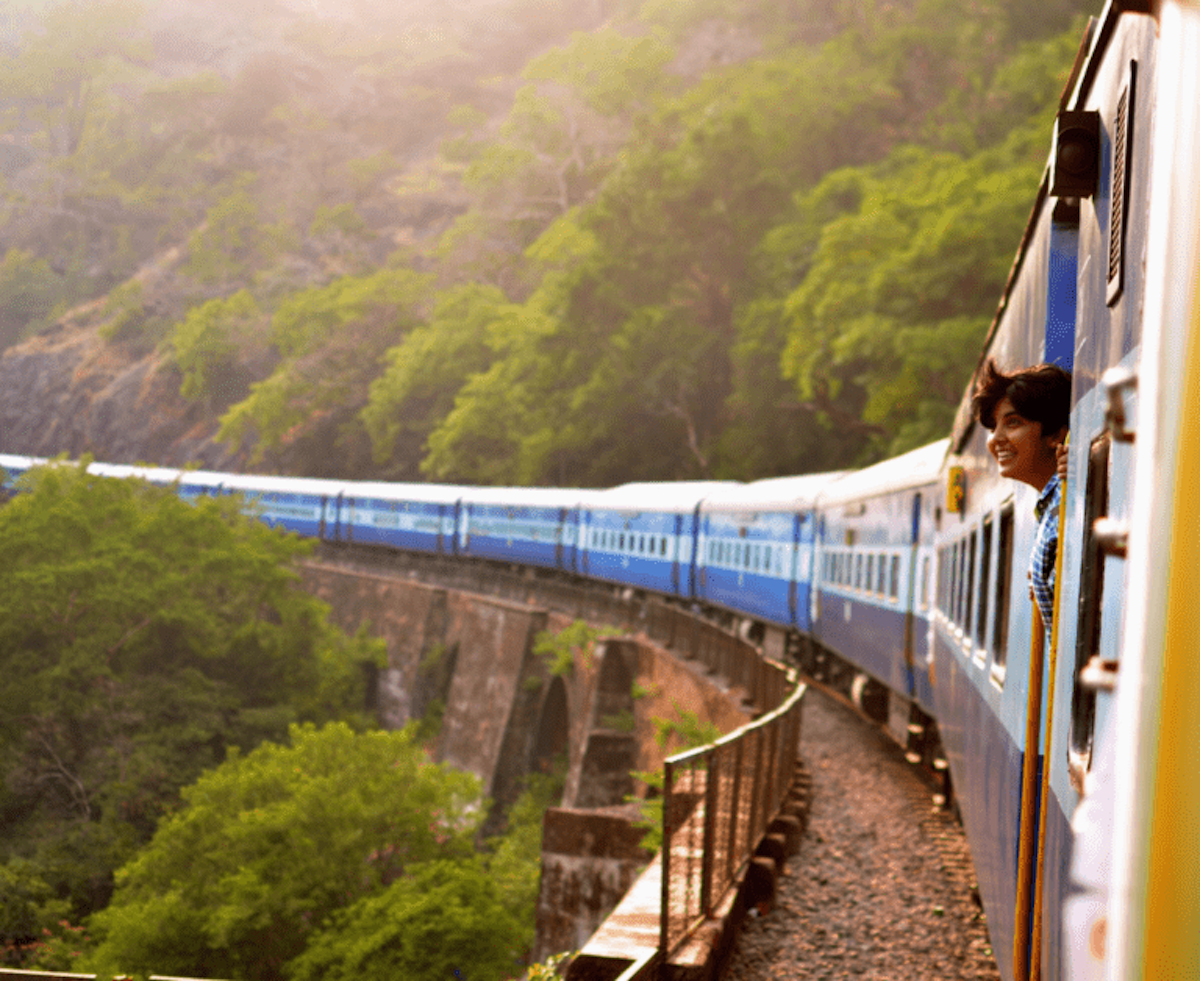A complete guide for your India trip: From what to pack, visa requirements and transportation guides


India is a spectacular and fascinating destination, though a trip to the vast country certainly requires special planning.
Beyond taking into account the bureaucratic formalities, the route, the accommodation, or even attraction visits in India requires additional mental preparation.
Cultural differences and customs often come as a real shock to tourists, and understanding them beforehand will undoubtedly help you enjoy your trip better!
In India, it's not common to wear shorts above the knee — and it applies to men and women.
Although you'll find women donning the sari, which showcases the the navel, it's not common to wear tank tops that show the undergarments either.
Opt for very light clothing in summer, and layer up in the winter; and go for comfortable footwear such as sneakers.
Clothing aside, don't forget all your essential tech equipment and gadgets. We're living in the information era, and access to internet not a want, but a need (your life would be so much easier).
With that in mind, use ExpressVPN's checklist to help you remember all the essentials.

Any foreigner wishing to travel to India, in addition to a passport with a minimum validity of six months, should check if they need a visa.
For example, in countries like Spain, it can be obtained within 72 hours by telematic means and allows you to stay in the country for a maximum of 60 days.
Other nations follow different protocols, so find out what documents are required for your visa application ahead of time.
As far as health issues are concerned, it is essential to be vaccinated against yellow fever.
At the same time, it is advisable to be vaccinated against tetanus, diphtheria, whooping cough, measles, rubella, mumps, and Hepatitis A.
Make sure you have a copy of your Covid-19 vaccinations too. It is also highly advisable to travel with travel insurance to cover any possible incident.
Transportation in India is very different from what exists in places like Europe. The means of transport are different depending on the distance you'll be travelling.
Here are some options:

Traveling by train in India is recommended for longer distances. You can take the train to travel overnight from one state to another.
Just like we have first and economy class on air flights, there are also different train classes in India. Travelling in Class 1AC, albeit available only in the bigger cities, is highly recommended.
These have enclosed, spacious, carpeted compartments that are fully air-conditioned. They also tend to be the most expensive.
Buses are India's most commonly used public transport for medium to long distances.
There are buses from private companies that are new and have air conditioning, but there are some government-run or even private buses that may not have this key feature. But on the positive side, you'll have stunning views and the wind in your hair.

These are small cars that travel short distances.
The shared Indian tuk-tuk buses carry several people to the same area, and the price can vary from five (S$0.08) to 20 rupees. Some do the same route, and others do different routes, depending on where the clients are going.
The private Indian auto-rickshaws are another show. We advise you to check the prices from one point to another with a local, before negotiating with the drivers. Keep in mind that prices may vary from one region to another.
For example, the prices may be cheaper in Delhi than elsewhere. Some drivers already have an agreed price in different areas of the country.
When it comes to knowing how to get around India easier and faster, there is no better mode of transportation than a motorcycle.
Although the traffic in India is chaotic, with a bike, it is faster as you're able to snake through the traffic. Fair warning though, plenty of dust awaits if you're embarking on a long distance journey.
Motorcycles can be rented between INR 300 to 450 per day.

Besides buses, auto-rickshaws, and motorcycles, the best way to get around in regions such as Delhi and Calcutta is by metro trains.
The first line of the metro that leaves Calcutta runs almost all over the city from the north and goes to the south with many stops leading to iconic places and landmarks. One of the metro line's stops include Kalighat Station, which leads directly to the famous temple of the goddess Kali.
The metro in India, we must point out, is quite clean, efficient, and very cheap.
The metro trains have several compartments, and guess what? The first and beautifully decorated compartments are reserved for women only. Therefore, they are very useful and safe, especially solo female travellers.
Metro ticket fares range from INR 9 to INR 30, and like other cities, you can change lines if you want to and get to your desired destination from anywhere.
In New Delhi, the second metro line is handy if you want to visit places like Old Delhi (Chandni Chowk, Jama Masjid), New Delhi Railway Stations, ISBT bus terminal, Paharganj backpacker street, Hauz Khas and Qutub Minar.
If you want to go to Akshardham or the western part of Paharganj to RK Ashram Marg stations, you should take the metro's third line.
When you are in the metro, you should pay attention to the names of the stops, as the standard terms can differ from what is on the metro map.

This is the essential information you should know before planing your trip to India. Make sure you pack all the necessities you may need, and enjoy the trip!
ALSO READ: Post-restrictions travel guide to Taiwan
This article was first published in City Nomads.